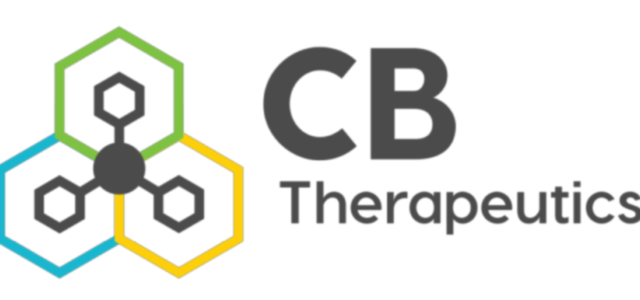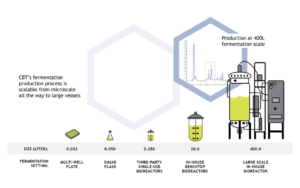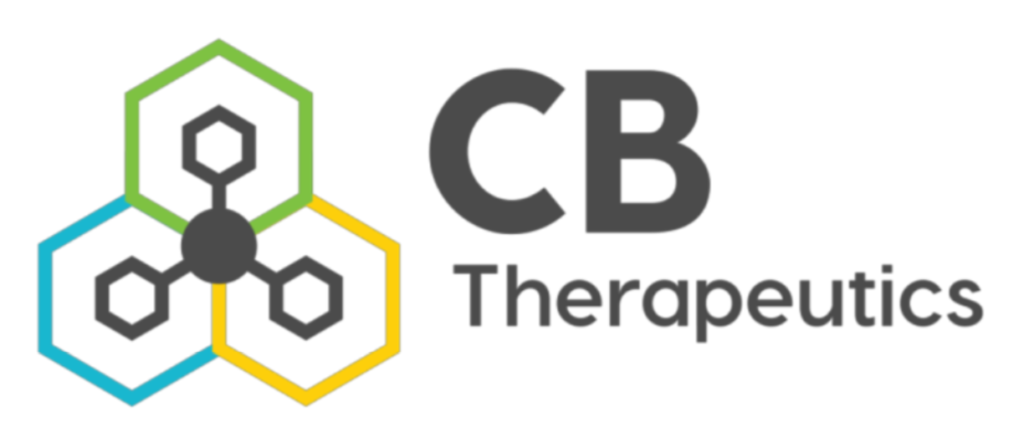
Ryan Allway
October 23rd, 2020
App, Exclusive, Psychedelics, Top Story
Cannabinoids and tryptamines have the potential to treat a wide range of diseases, which has generated significant interest among pharmaceutical companies in accessing purified compounds. Unfortunately, these compounds are often created in agricultural or chemical synthesis processes that are time consuming, complex, expensive—and wasteful.
CB Therapeutics aims to leverage its biosynthesis platform built on yeast fermentation to eliminate waste, shorten production timelines, and enable easy and cost-effective access to these valuable compounds for researchers and patients.
Let’s take a look at why existing production methods aren’t very ‘green’ and how CB Therapeutics aims to solve these problems.
Why Growing Isn’t Green
Most of the medical cannabis industry began with buds, but that’s just one component of a much larger plant—every pound of flower creates hundreds of pounds of waste material. While some of these materials can be used for more popular concentrates, the majority of the plant isn’t useful at all and ends up in landfills around the world.
Given the need for strict security and quality control, most cannabis is grown indoors where it requires fans and lights around the clock. The average electricity consumption of a 5,000 sq. ft. indoor facility is around 40,000 kWh per month, which is the equivalent of more than 60 households. In aggregate, cannabis consumes about 1% of total electricity in the U.S.
Cannabis cultivation also consumes a lot of water that must be properly managed. In particular, the EPA Clean Water Act requires that wastewater meet certain guidelines before being discharged into natural water streams. Cannabis operations must properly deal with phosphates and nitrogen left over from nutrients used in horticulture operations.
Problems with Chemical Synthesis
Chemical synthesis has become a popular way to create pure cannabinoids or tryptamines without the need to extract them from plants. In addition to ensuring purity and reducing overhead, these processes produce rare molecules that aren’t feasible to produce using conventional agriculture and extraction methods.
The problem is that chemical synthesis also produces a lot of waste—each kilogram of molecule produced generates ten kilograms of chemical waste. In addition, practical methods for chemical synthesis of many known cannabinoids and tryptamines have not been developed and those that do exist are complex processes with a relatively high cost.
Another problem with chemical synthesis is lack of control over the 3-D chemistry (stereochemistry) of the final molecules. For example, chemical synthesis produces 2 forms of a molecule, sort of like the right and left hands. Although the two are mirror images, you cannot use a right hand glove on the left. The hand being the molecule, and the glove is a receptor in the human body. Having some form of incompatibility limits the efficacy of the molecule, which can also introduce many unwanted side effects not present in the original molecules. Purification of isomers is very costly, hence leading to exorbitant prices for many of the molecules made using this technique.
CB Therapeutics Turns to Biosynthesis
Biosynthesis has become an increasingly popular way to manufacture a wide range of pharmaceutical active ingredients. For example, human growth hormone, insulin and blood clotting factors are regularly produced using genetically-modified yeast in processes that are faster and greener than the original methods (organ harvesting in some cases!).
This method also produces the correct stereochemistry of molecules every single time, as enzymes in yeast are boosted and optimized versions of the same enzymes used in the plant/fungi are the outcome.

CB Therapeutics has developed an in-house platform, scaled up to a four-hundred-liter in-house fermenter, and is capable of being scaled to tens of thousands of liters of fermentation. The platform is designed from the ground up to produce a wide range of bioidentical natural compounds, including cannabinoids and tryptamines, at a fast growth rate with cheap feedstock.
Click here to receive an investor presentation and corporate updates
The company’s scientists are advancing the science of yeast and cellular agriculture to create the molecules, compounds and rare ingredients to power the nascent cannabis and psychedelics industries, paving the way for both large-scale clinical trials and commercial production at a mass-market scale over the next ten months.
Looking Ahead
Cannabinoids and tryptamines are often created in agricultural or chemical synthesis processes that are time consuming, complex and expensive. CB Therapeutics aims to leverage its biosynthesis platform built on yeast fermentation to eliminate waste, shorten production timelines and enable easy and cost-effective access to these valuable compounds.
For more information, visit the company’s website or download their investor presentation.
Disclaimer
The above article is sponsored content. CannabisFN.com and CFN Media, have been hired to create awareness. Please follow the link below to view our full disclosure outlining our compensation: http://www.cannabisfn.com/legal-disclaimer/
This article was published by CFN Enterprises Inc. (OTCQB: CNFN), owner and operator of CFN Media, the industry’s leading agency and digital financial media network dedicated to the burgeoning CBD and legal cannabis industries. Call +1 (833) 420-CNFN for more information.
About Ryan Allway
Mr. Allway has over a decade of experience in the financial markets as both a private investor and financial journalist. He has been actively involved in the cannabis industry since its inception, covering public and private companies.
MJ Shareholders
MJShareholders.com is the largest dedicated financial network and leading corporate communications firm serving the legal cannabis industry. Our network aims to connect public marijuana companies with these focused cannabis audiences across the US and Canada that are critical for growth: Short and long term cannabis investors Active funding sources Mainstream media Business leaders Cannabis consumers











